#Marius Petipa
Text

Olga Smirnova in Raymonda
#olga smirnova#ballet#ballet gif#ballerina#my gif#classical ballet#ballet dance#raymonda#Marius Petipa#dutch national ballet#het nationale ballet#en pointe
36 notes
·
View notes
Text
La Scala in città - Milan's opera house offers five days of free events
La Scala in città decentralises performances, scattering the orchestra, chorus, and ballet in various locations around Milan – and it is all free.
La Scala in città – corps de ballet at the Bagni Misteriosi, photo Brescia e Amisano, Teatro alla Scala
La Scala continues with its successful project to decentralise performances, scattering the orchestra, chorus, corps de ballet and its ballet school students in various locations around Milan – and it is all free.
Twenty-two performances in 18 locations make up La Scala in città, running from…
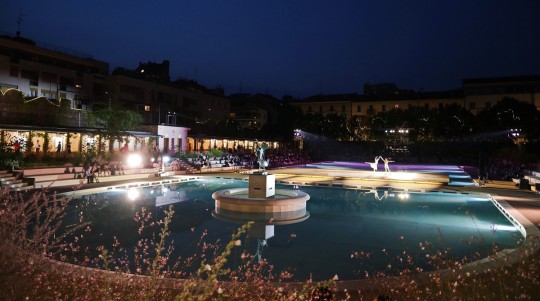
View On WordPress
#Frédéric Olivieri#George Gershwin#La Scala#Leonard Bernstein#Manuel Legris#Marius Petipa#Mauro Bigonzetti#Walter Madau
4 notes
·
View notes
Photo

Edgar Degas, The Dance Foyer at the Opera on the rue Le Peletier
“Classical ballet came to be when a ballet master by the name of Marius Petipa (who is considered to be one of the greatest choreographers of all time) took Romantic ballet and combined it with different aspects of Russian ballet technique... Therefore, a new era of ballet, which later became known as the classical era, began.” Classical Ballet - Wikipedia
6 notes
·
View notes
Text

あのレオタードがカムバック!
Ballet Maniacsの人気レオタード「Papillion」のイエロー再販決定いたしました!
近々こちらのレオタードのオーダー会を予定しております。
同時にBallet Maniacsの過去のアイテムも可能な限りお取り寄せお伺いを期間中いたしますので、ご希望のある方はぜひ「Contact」より事前にお問い合わせくださいませ。
*お問い合わせの際は、商品名(URL)、サイズ、色、枚数など必ずご明記の上お問い合わせください。
0 notes
Text
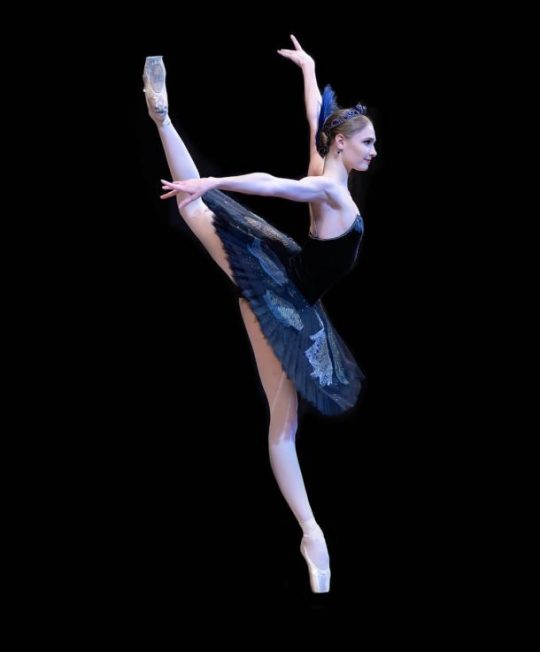
Alena Kovaleva as Odile, “Swan Lake", libretto by Yury Grigorovich, Vladimir Begichev and Vasily Geltser, choreography by Yury Grigorovich (2001), Marius Petipa, Lev Ivanov and Aleksandr Gorsky, music by Pyotr Tchaikovsky, Bolshoi Ballet, Moscow, Russia (September 25, 2019)
Photographer Natalia Voronova
64 notes
·
View notes
Text

Viktorina Kapitonova (Odile) and Alexander Jones (Prince Siegfried), “Swan Lake” by Marius Petipa and Lev Ivanov, Ballet Zurich, 2016
96 notes
·
View notes
Text
Ballet in the Media
Hey guys, I know this is a long-awaited list. This post contains books, news sources, and forums that focus on ballet. Obviously, this list contains official/public sites only. Suggestions about sites or titles to add are always welcome. In the future, I want to expand the list to include documentaries.
Books
(This section is limited to English for now)
History/Criticism
Bolshoi Confidential: Secrets of the Russian Ballet by Simon Morrison
Apollo's Angels: A History of Ballet by Jennifer Homans
The Ballet Lover by Barbara L. Baer
Celestial Bodies: How to Look at Ballet by Laura Jacobs
The Great History of Russian Ballet by Evdokia Belova
Ballet in Western Culture: A History of Its Origins and Evolution by Carol Lee
Behind the Scenes at the Ballets Russes: Stories from a Silver Age by Michael Meylac
Diaghilev’s Ballets Russes by Lynn Garafola.
Technique/Pedagogy
Foundations of Classical Ballet by Agrippina Vaganova
100 Lessons in Classical Ballet: The Eight-Year Program of Leningrad's Vaganova Choreographic School by Vera S. Kostrovitskaya
The Cecchetti Method of Classical Ballet: Theory and Technique by Cyril W. Beaumont
Classical Ballet Technique by Gretchen Ward Warren
Ballet Pedagogy: The Art of Teaching by Rory Foster
Technical Manual and Dictionary of Classical Ballet by Gail Grant
Dance Anatomy by Jacqui Haas
(Auto) Biography
A Body of Work by David Hallberg
Marius Petipa: The Emperor’s Ballet Master by Nadine Meisner
Nureyev: The Life by Julie Kavanagh
Dancer by Colum McCann
Dancing on My Grave by Gelsey Kirkland
Winter Season by Toni Bentley
Swan: The Life and Dance of Anna Pavlova by Laurel Snyder
Holding On to the Air by Suzanne Farrell
Mao's Last Dancer by Li Cuxin
Publications:
Dance Media Publications (Dance Magazine, Pointe etc)
Ballet Focus
Dance Europe
Site of Alastair Macaulay
Danser (French)
Ballet 2000 (Italian/French)
Granmilano (English/Italian)
Danza e Danza (Italian)
Opera Click (Italian)
Vogue ITA: Valentina Bonelli (Italian)
La Notte (English/Italian)
Vaganova Today (English/Russian)
Ballet Magazine Russia (Russian)
La Personne (Russian)
Kultura "Culture" (Russian)
Forums:
Ballet Alert
Ballet Talk for Dancers
Ballet Co
Ballet and Opera Friends (Russian)
Passion Ballet (Russian)
Dansomanie (French)
Danza World (Italian)
Opera Click (Italian)
109 notes
·
View notes
Text
In Charles Perrault's Sleeping Beauty, "Cantalabutte" is the name of the enemy emperor whom the young King (originally the Prince) goes to war against in the second half of the story.
Tchaikovsky's ballet cuts Perrault's second half, but it uses the name "Catalabutte" for the court's master of ceremonies, who accidentally causes all the trouble by forgetting to invite the evil fairy Carabosse to Princess Aurora's christening.
Also, the name "Aurora" comes from Perrault's second half. Perrault doesn't give his Sleeping Beauty a name, but "Aurore" is the name of the little daughter she has with the Prince.
Even though the ballet isn't exactly faithful to Perrault's version, at least Tchaikovsky, Marius Petipa, and whoever else was involved with the ballet's libretto made it clear that they had read it!
20 notes
·
View notes
Text
Photos from my Opera Garnier Trip 2 of 3
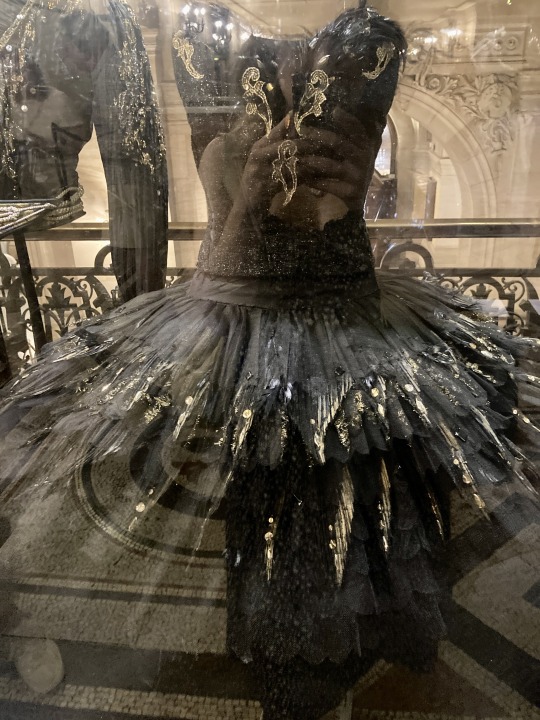
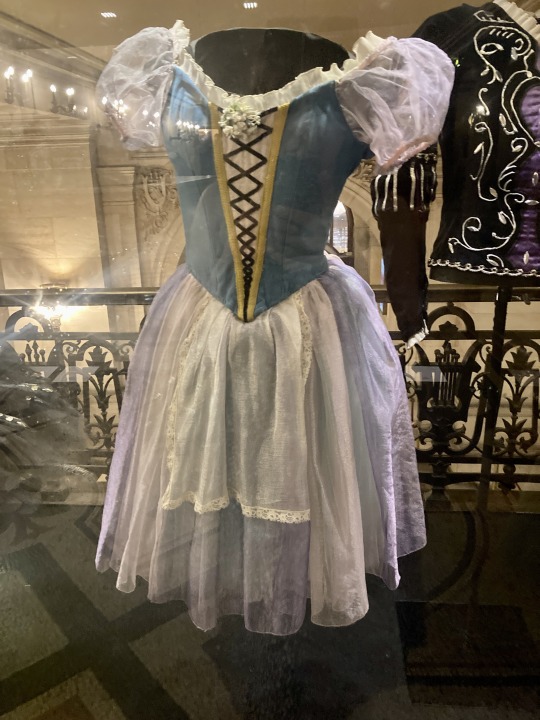

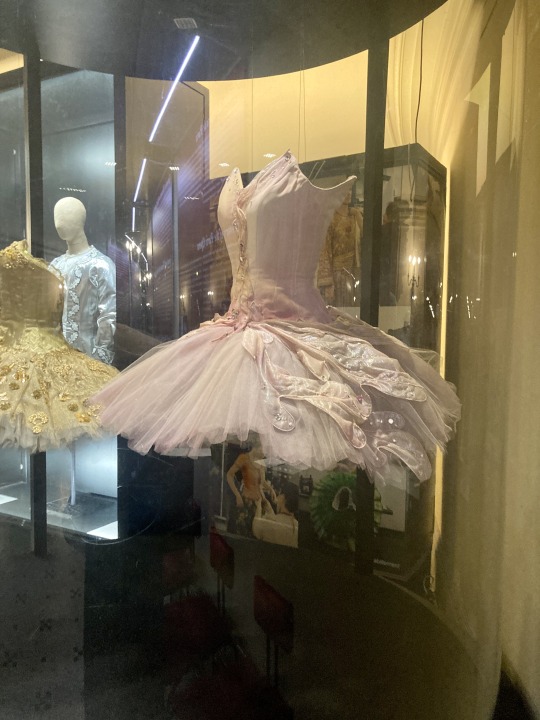
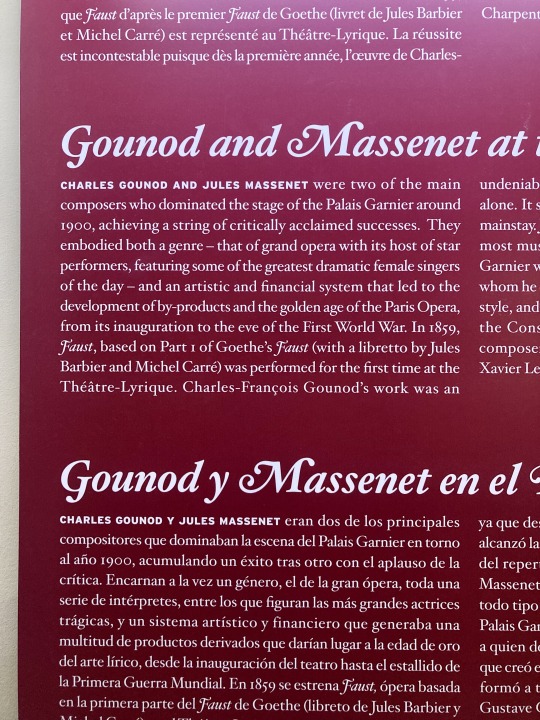
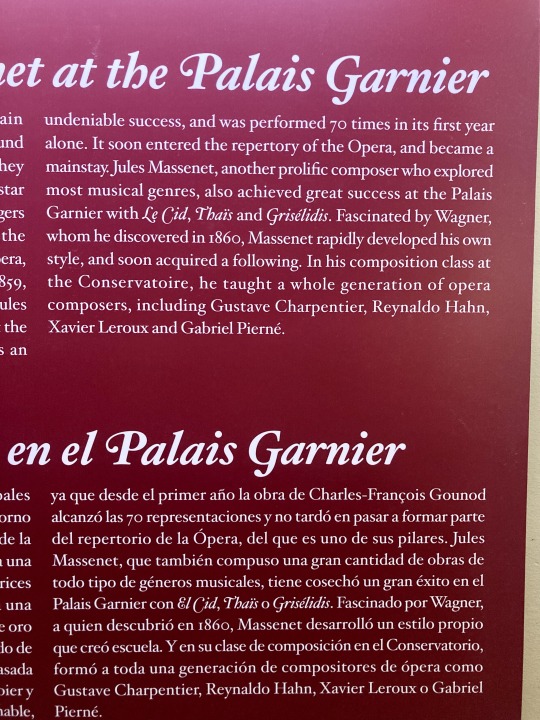
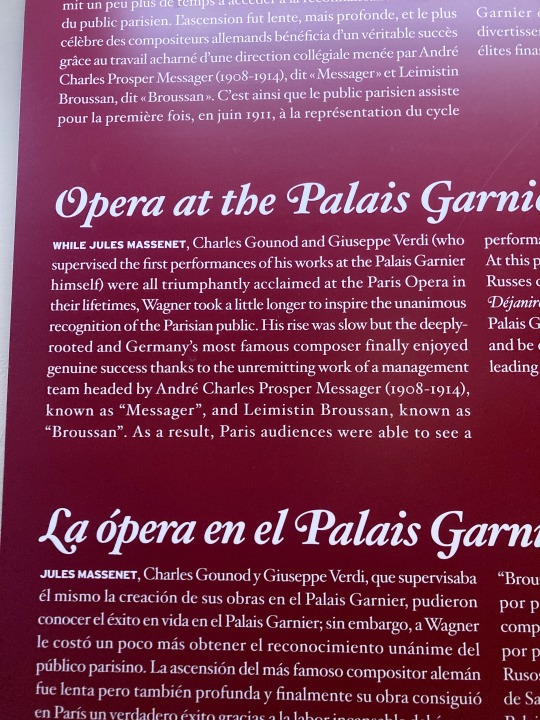

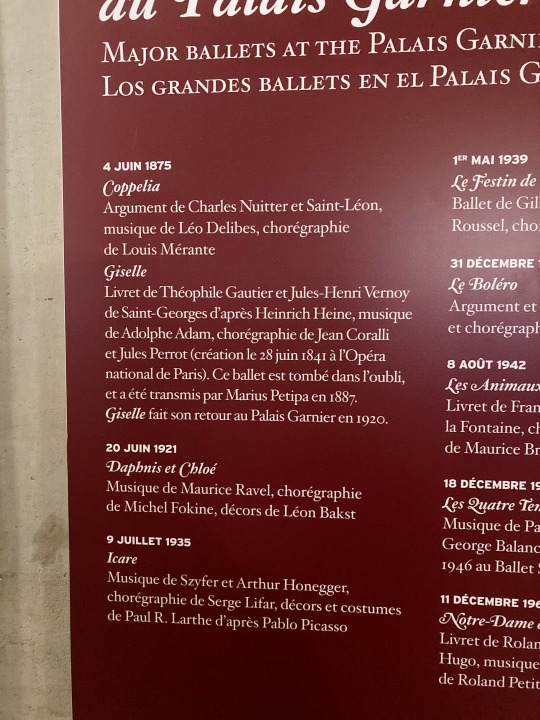


Took some photos of the exhibit up at the Opera Garnier for my own (cough cough) research purposes and thought it might be helpful for others! Thought the Don Quixote dress looked awfully familiar!
Transcript of the information under the cut:
Gounod and Massenet at the Palais Garnier
Charles Gounod and Jules Massenet were two of the main composers who dominated the stage of the Palais Garnier around 1900, achieving a string of critically acclaimed successes. They embodied both a genre - that of grand opera with its hoses of star performers, featuring some of the greatest dramatic female singers of the day - and an artistic and financial system that led to the development of by-products and the golden age of the Paris Opera from its inauguration to the eve of the First World War. In 1859, Faust, based on Part 1 of Goethe's Faust (with a libretto by Jules Barbier and Michel Carre) was performed for the first time at the Theater-Lyrique. Charles-Francois Gounod's work was an undeniable success and was performed 70 times in its first year alone. It soon entered the repertory of the Opera and became a mainstay. Jules Massenet, another prolific composer who explored most musical genres, also achieved great success at the Palais Garnier with Le Cid, Thais, and Griselidis. Fascinated by Wagner, whom he discovered in 1860, Massenet rapidly developed his own style, and soon acquired a following. In his composition class at the Conservatoire, he taught a whole generation of opera composers, including Gustave Charpentier, Reynaldo Hahn, Xavier Leroux, and Gabriel Pierne.
Opera at the Palais Garnier around 1900
While Jules Massenet, Charles Gounod, and Giuseppe Verdi (who supervised the first performances of his words at the Palais Garnier himself) were all triumphantly acclaimed at the Paris Opera in their lifetimes, Wagner took a little longer to inspire the unanimous recognition of the Parisian public. His rise was slow but the deeply-rooted and Germany's most famous composer finally enjoyed genuine success thanks to the unremitting work of a management team headed by Andre Charles Prosper Messager (1908-1914) known as "Messager", and Leimistin Broussan, known as "Broussan". As a result, Paris audiences were able to see a performance of the entire Ring cycle for the first time in June 1911. At this period, the Palais Garnier hosted Serge Diaghilev's Ballet Russes company, and Richard Strauss' Salome and Saint-Saens Dejanire both entered the repertory. During the Belle Epoque, the Palais Garnier was one of the chief places for Paris society to meet and be entertained, with an audience of subscribers made up of leading financiers, industrialists, and politicians.
Major Ballets at the Palais Garnier
4 June 1875
Coppelia - Argument de Charles Nuitter et Saint-Leon, Musique de Leo Delibes, choregraphie de Louis Merante
Giselle - Livret de Theophile Gautier et Jules-Henry Vernoy de Saint-Georges d'apres Heinrich Heine, musique de Adolphe Adam, choregraphie de Jean Coralli et Jules Perrot (creation le 28 Juin 1841 a l'opera national de Paris). Ce ballet est tombe dans l'oubli, et a ete transmis par Marius Petipa en 1887. Giselle fait son retour au Palais Garnier en 1920
20 Juin 1921
Daphnis et Chloe
musique de Maurice Ravel, choregraphie de Michel Fokine, decors de Leon Bakst
9 Jullet 1935
Icare
Musique de Szyfer et Arthur Honegger, choregraphie de Serge Lifar, decors et costumes de Paul R Larthe d'apres Pablo Picasso
13 notes
·
View notes
Text
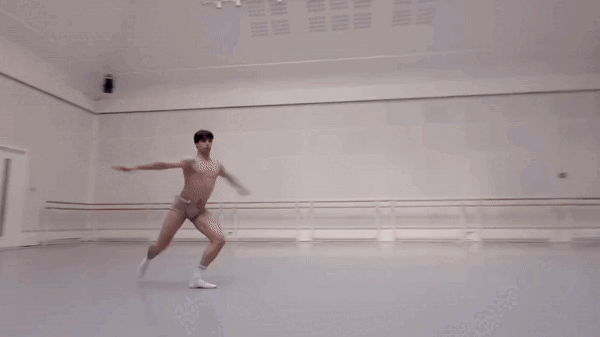
Cesar Corrales as Actaeon
#cesar corrales#ballet#royal opera house#royal ballet#dancer#my gif#ballet gif#acteon#Diana and Actaeon#actaeon#marius petipa#roh#the royal ballet#principal dancer
40 notes
·
View notes
Text

Swan lake, Marius Petipa, the Mikhailovsky theatre
9 notes
·
View notes
Text
[Review] Nureyev Legend and Legacy – a programme full of 'wow wee' moments
Guest author Matthew Paluch attends London's starry gala 'Nureyev Legend and Legacy'.
Natalia Osipova in Laurencia Nureyev Legend and Legacy, photo by Andrej Uspenski
Welcome to this new collaboration between Gramilano and me, Matthew Paluch, to be known affectionately as London Calling. I’m honoured to share reviews and discussions here focusing on the London dance scene and hope you’ll return to join me for subsequent outings.
Yasmine Nagdhi and Cesar Corrales in Le Corsaire,…

View On WordPress
#Alina Cojocaru#Cesar Corrales#Francesca Hayward#Francesco Gabriele Frola#Guillaume Côté#Iana Salenko#John Neumeier#Marius Petipa#Monica Mason#Natalia Osipova#Rudolf Nureyev#Vadim Muntagirov#Xander Parish#Yuhui Choe
3 notes
·
View notes
Text
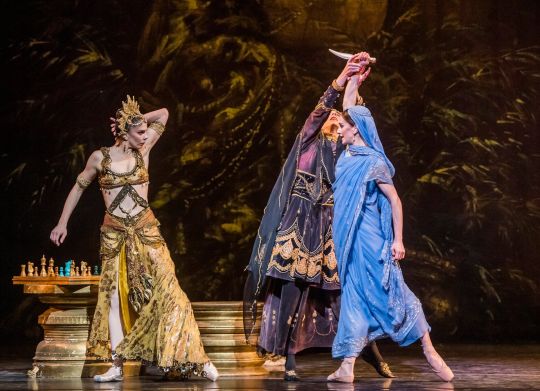

La Bayadère by Natalia Makarova after Marius Petipa, music by Léon Minkus
Marianela Nuñez (Nikiya), Vadim Muntagirov (Solor), Natalia Osipova (Gamzatti), Gary Avis (the High Brahmin), Thomas Whitehead (Rajah) — Royal Ballet
5 notes
·
View notes
Text
Prima Ballerina Assolutas
I was reading Maya Plisetskaya’s autobiography (great read!) and it got me thinking. I still find it sad that the phrase “Assoluta” has sort of been laid to rest. Originally designated to Pierina Legnani by Marius Petipa to describe, who he felt, was “The leading dancer in all of Europe”. Although, it was never a refined system and a good chunk of the few designated Primas with the title are disputed/unofficial. Petipa himself formally objected to Kschessinska being awarded the title (one of many petty feuds between the prima and the ballet master. Honestly 1800s Mariinsky troupe drama is so entertaining I could go on all day about it) But it adds a level of prestige, in a world of so many companies both national & regional. It’s certainly a shame that certain dancers never got the honour awarded to them, despite being the greatest heralded (and in demand) dancers of their eras (think Sylvie Guillem, Ulyana Lopatkina, Darcey Bussel). The only still dancing assoluta left is Alessandra Ferri and she is slowly fading out, especially with her new role at the Weiner Staatsoper.
As far as current Primas with the potential for the title, I really think Zakharova could have easily been awarded one by now. It’s a shame that her long-standing controversial political associations have likely hindered any potential for that sort of honour internationally. Just for her sheer presence in the dance world I can’t think of another dancer who holds such a grip on what is considered a “prima”. In talent terms, Osipova should be up there too for her contributions to the world of flying.
Anyway: here’s some photos of the currently recognised Prima Ballerina Assolutas:
Pierina Lagnani - Italian - Mariinsky Ballet
Mathilda Kschessinska - Russian - Mariinsky Ballet
Alicia Markova - British - ENB/ The Royal Ballet
Attilia Redice - Italian - Rome Opera Ballet
Galina Ulanova - Russian - Bolshoi Ballet
Alicia Alonso - Cuban - Cuban National Ballet (Unofficial)
Maya Plisetskaya - Russian - Bolshoi Ballet
Eva Evdokimova - Bulgarian/American - Royal Danish Ballet (also unofficial/sanctioned - appointed by the Mariinsky)
Margot Fonteyn - British - Royal Ballet
Yvette Chauviré - French - Paris Opera Ballet
Anneli Alhanko - Swedish - Royal Swedish Ballet (appointed by the Bolshoi)
Phyllis Spira - South African - Royal Ballet/CAPAB Ballet
Alessandra Ferri - Italian - Royal Ballet/ABT/La Scala
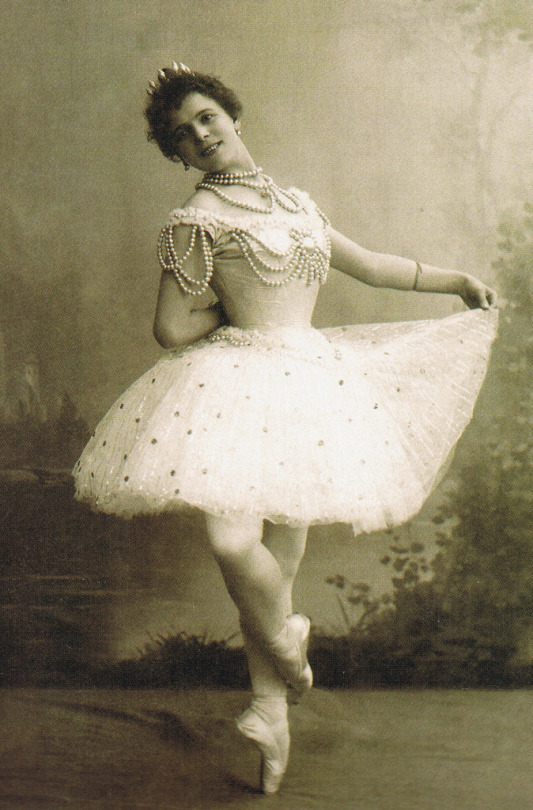


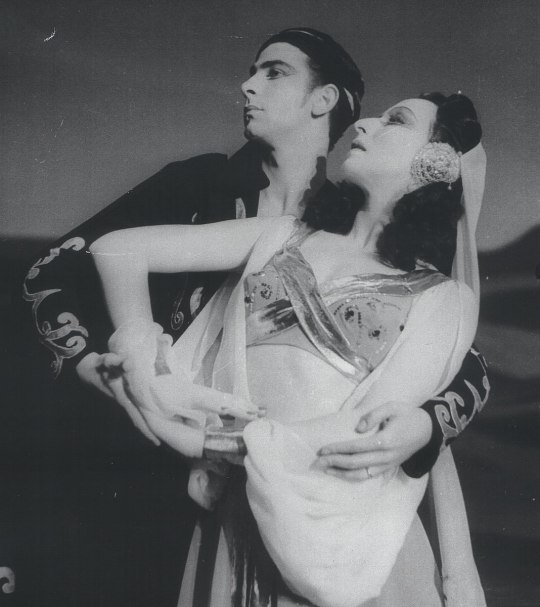
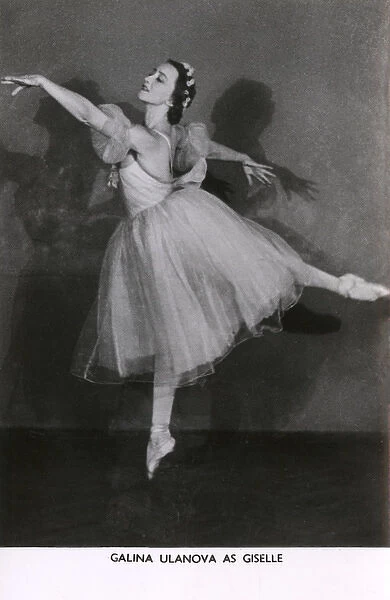


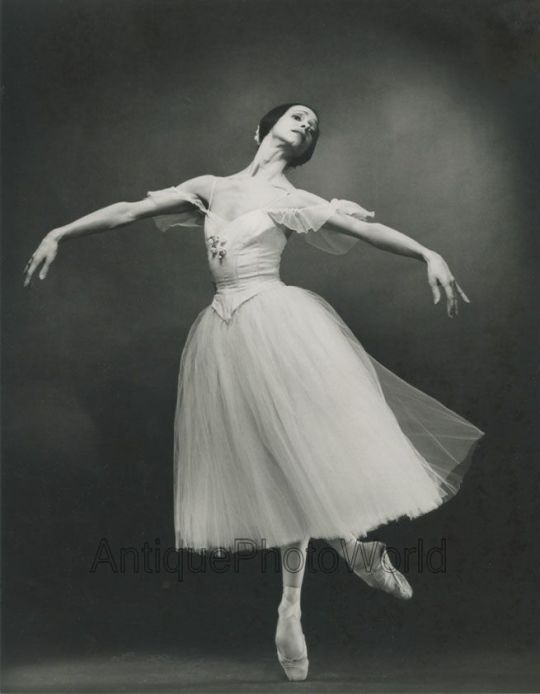



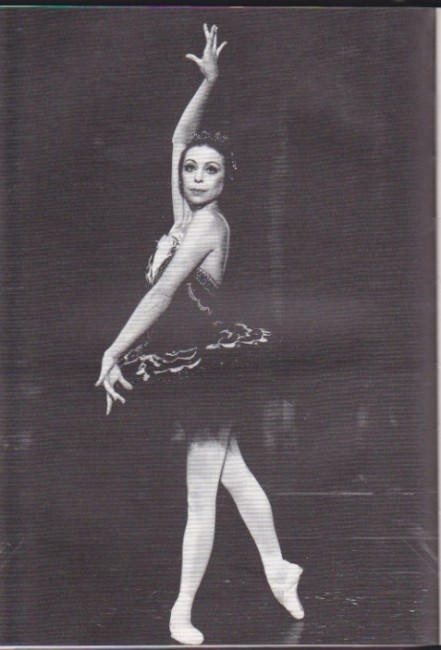

#mariinsky ballet#ballet#bolshoi ballet#classical ballet#paris opera ballet#russian ballet#ballerina#ballet dancer#Ballethistory#mariinsky theatre
5 notes
·
View notes
Text

Maria Eroshenko, "Giselle", libretto by Jules Henri Vernoy de Saint Georges and Théophile Gautier, music by Adolphe Adam, Friedrich Burgmüller, Riccardo Drigo and Ludwig Minkus, choreography by Konstantin Uralsky after Jean Coralli, Jules Perrot and Marius Petipa, Astrakhan State Opera and Ballet, Astrakhan, Astrakhan Oblast, Russia
Photographer Aleksandr Potapov
22 notes
·
View notes
Text
Vaganova Graduation Performances….
This is not my opinion, I'm just copying and pasting from a forum, so take it all with a grain of salt. But this is some random person's impression that I wanted to share. Given that it was posted in a forum, it's probably okay to disseminate here. Translated by my browser so forgive the poor translation. Not sure why some names are in bold.
What seems to have been buried is that Farouk Ruzimatov's son is graduating this year! I had no idea!
From the Russian dance forum Ballet Friends, user Marfa:
08\06\2023 - MT GRADUATION PERFORMANCE OF THE ACADEMY OF RUSSIAN BALLET NAMED AFTER A. Me. VAGANOVA 281 ISSUE
Mariinsky Theatre Symphony Orchestra
Conductor - Arseny Shuplyakov
IN THE PROGRAM:
Suite from the ballet Corsair. "The Lively Garden"
Music by Adolf Adam, Julius Gerber, Leo Delibes, Riccardo Drigo, Peter of Oldenburg, Caesar Puni, Albert Zabel
Choreography by Marius Petipa, Reconstruction and new choreographic edition of Yuri Burlaka, Suite compiled by Nikolai Tsiskaridze (2023)
Suite of characteristic dances from the ballet "Laurencia"
Music by Alexander Crane
Choreography by Vakhtang Chabukiani, Dancing restored by Irina Gensler (2015), Suite composed by Nikolai Tsiskaridze (2015)
Costume designer - Simon Virsaladze
Kovalev
Valiullina, Gureeva, Ermolaeva, Hare, Ivanova, Koshkareva, Davleeva, Prokopenko, Saplina, K. Kholodkova, P. Kholodkova, Sabanova, Grimm (USA).
Kasenkova
Aseeva, Vennitskaya, Ermolenko, Zeldina, Karamysheva, Kulikova, Kuprina, Potapova, Mor (Israel), Rissanen (Finland), Sharova
Ilyin
Gasparyan, Egorov, Kamenskikh, Mukhametshin, Ruzimatov, Karsel (Spain), Kodama-Pomfret (Great Britain)
Ermolenkov
Asadchenko, Gariffulin, Gobov, Didenko, Dobosch (Romania), Mikheev, Trunin, Chabron (France), Brancato (USA)
singled out those who participated in the concert and was noted in the program
The audience gathered interested, caring, friendly.
As always, teachers are in the tutoring room. The concert traditionally began with a welcoming speech by the rector, who, as usual, was a combination of black and white. He said that this graduation party is dedicated to Natalia Dudinskaya, who has done so much for our ballet. He said thank you to the teachers and wished both the audience and graduates a good evening.
Suite from the ballet Corsair. "The Lively Garden" was made up of
Waltz performed by students
Big Adagio, in which Medora - Kuprin, Gulnara - Barinov framed by corps de ballet were soloed
Trio of odalysok - Kotlyarova, Romanovich, Morozova
Dancing with baskets - senior students
Variations of the soloist - Rissanen
Variations of Gulnara - Barinov
Variations of two soloists - Solomina, Chobota (Romania)
PAS DE DEUX - Koshkareva, Kodama-Pomfred (UK)
Intermezzo students
Variations of Medora - Kuprin
Koda - students
Everything is very beautiful, gentle, the corps de ballet looks marshmallow, there are younger students in the form of arapchat for splendor. Branches-wrears of roses, at the end of Medora - Koshkarev is placed on a pedestal in the form of a large basket of roses.
Kuprina and Barinova danced charmingly from beginning to end, with corps de ballet, that solo. Barinova, in my opinion, looked no worse than Kuprin's produced.
I liked Morozov the most of the odalys. The packs are beautiful, similar to thin embroidered lace.
Rissanen, of course, is quite a baby, with a strong body, but very cute and danceable, charming.
The central number of PAS DE DEUX, in which Kodama-Pomfred danced brilliantly like an adult, both variations were breathtaking, high, flying, with beautiful landings, emotionally just like Kim. He was met with violent prolonged applause. In my opinion, Koshkareva looked pale next to him, there was not so much emotional return. In the fuet, I drove a lot forward, and then also sideways. According to the ballerina type, Matvienko reminded me.
We received everyone very warmly. But it was Kodama-Pomfred who got the most. I really want his fate to develop, despite his not very tall height. He and his mother gave so much effort and money that he could get an education in the ARB, saw them collect donates through the social network to pay for education. It looks like my mother was at the concert and was just very happy with what she saw. I liked him very much.
Suite of characteristic dances from the ballet "Laurencia"
I saw her in 2015, then Shakirova and Borsai soloed. Full list https://marfa-ssv.livejournal.com/42351.html, there are many familiar surnames.
Valiullina - Laurencia, Dobosh (Romania) - Frondoso,
Alferov - Estevan, father of Laurencia, Chuzhanov - Juan, father of Frondoso,
Kulikova - Pasquala, Ilieva (Bulgaria) - Khasinta,
Asadchenko - Ortuño, Garifullin - Flores.
Girls: Zatoka, Gureeva, Palilionis, Karamysheva.
Flamenco: Davleeva (soloist), Efimova, Zeldina, Lavrentiev, Tikhomirov and senior students.
Dance with castanets: Morozova (soloist), Didenko (soloist), Saplina, Kalashnikova, Ermolenko, Ruzimatov, Mukhametshin, Trunin and senior students.
I looked with interest and with memories of 2015. I liked the whole collective characteristic part very much. A very temperamental bright soloist in Flamenco, it seemed to me that there was a problem with the shawl, but she did great. The two artists in black shawls had them dressed on different sides (one stripes up, the other inside out) is interestingly designed or a mistake? I remembered Olga Makarova, the heiress of a high-profile ballet surname who danced this part, it seems to me that the career of an artist in NOVAT did not work out very well, but Ksenofontov, who was not even a soloist in this dance, is now experiencing a rise there.
In the castanets dance, I again liked Morozova, who danced odalisk in the first part. She was successful in both classical and characteristic images.
I really liked Asadchenko and Gariffulin, thin-legged slender, terribly synchronous, light. Just a pleasure for the eyes.
Kulikova and Pascuala are cute. Valiullina certainly stands out for her stage charm, but she was less amazed than Raymonda last year. Dobosh didn't hit anything special.
8 notes
·
View notes